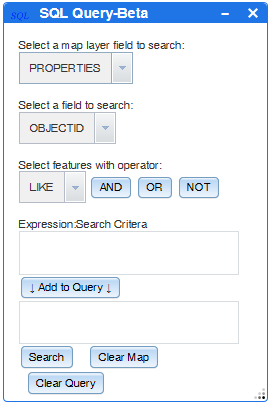

Once loaded, modify the code to add the appropriate data members and methods: package com.ebookfrenzy.

It returns an instance of SQLite database which you have to receive in your own object.Its syntax is given below. SQL Query Via msg.topic and Fixed Statement uses the db.all.

Once created the Product.java source file will automatically load into the Android Studio editor. In order to create a database you just need to call this method openOrCreateDatabase with your database name and mode as a parameter. SQL Query sets how the query is passed to the node. From the popup menu, choose the New -> Java Class option and, in the Create New Class dialog, name the class Product before clicking on the OK button. Within Android Studio, navigate within the Project tool window to app -> java and right-click on the package name. Essentially, this class can be thought of as representing the database model. Instances of this class can then be created within the activity and database handler and passed back and forth as needed. This is actually a very simple class capable of holding product ID, product name and product quantity values, together with getter and setter methods for accessing these values. In order to implement this interaction in a structured way, a third class will need to be implemented to hold the database entry data as it is passed between the activity and the handler. The database handler will be a subclass of SQLiteOpenHelper and will provide an abstract layer between the underlying SQLite database and the activity class, with the activity calling on the database handler to interact with the database (adding, removing and querying database entries). Once completed, the application will consist of an activity and a database handler class.


 0 kommentar(er)
0 kommentar(er)
